Suzuki has had to drop the GSX-R1000R from its range because last year’s model can’t meet emissions regulations, ending an open-class line that stretches all the way back to the original GSX-R1100 of 1986.
It’s an indication of the impact that bike made that, 37 years later, one incident from my first ride remains as vivid as if it happened yesterday.

On a Surrey A-road on what felt like the year’s first real day of spring, early morning mist had burned off to reveal bright sunshine. As a tester for Bike magazine I had just been let loose on a freshly uncrated example of Suzuki’s 1052cc follow-up to the GSX-R750, which had redefined high-performance motorcycling a year earlier.
Ahead was a long, slightly uphill straight on which I opened up the Suzuki properly for the first time. With my head behind the screen, the GSX-R ripped forward so hard that it almost left my stomach behind at the bottom of the hill. And when I tipped it into the curve at the top, at a speed no longer politically correct to mention in print, the bike remained so rock steady that it could clearly have gone faster still with no problem.
I instantly realised that the GSX-R1100 was in a different league to anything I’d ridden in several years as a road-tester. And a further two weeks with the bike – the first few days spent recalibrating my brain to understand just how fast a roadgoing motorcycle could be – did nothing to alter that view.
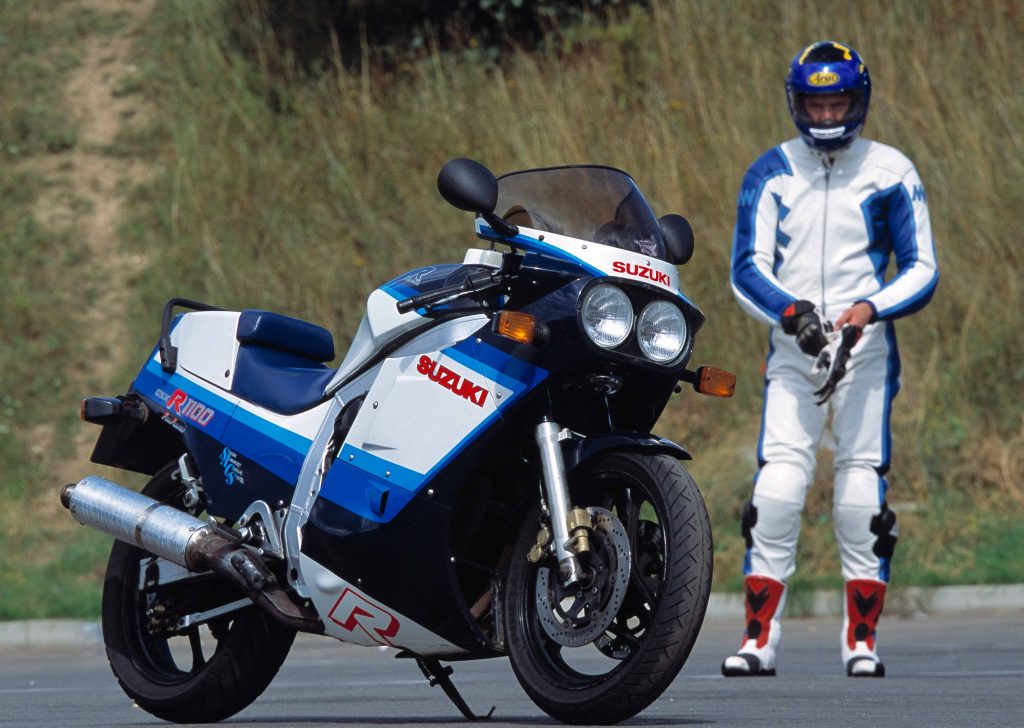
The big GSX-R’s all-conquering performance was not unexpected. A year earlier the original GSX-R750 had been a shock, its blend of full fairing, racy riding position, rev-happy oilcooled engine and ultra-light aluminium-framed chassis putting an unprecedented focus on speed and aggression.
Essentially the GSX-R1100 was more of the same: a bigger, stronger 16-valve powerplant in an uprated and still remarkably light chassis. At a glance it was almost indistinguishable from its smaller sibling, apart from the stickers on its tailpiece. The two models shared Suzuki’s endurance racer styling, with round twin headlamps in a fairing that would later earn them the nickname “Slabside”.
The frame design was very similar, too: a collection of rectangular-section extrusions in a twin-downtube arrangement, with cast sections at the steering head and around the pivot of a box-section swing-arm, which was also made of aluminium.
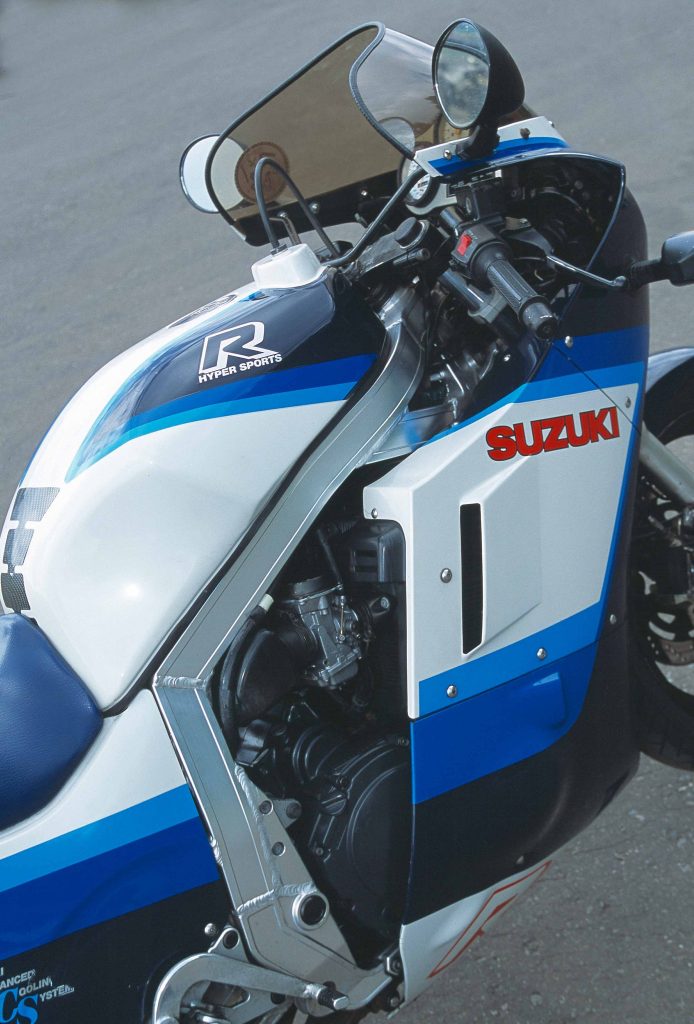
The engine layout followed that of the smaller GSX-R, which meant oil cooling, and 16 valves in Suzuki’s familiar Twin Swirl Combustion Chamber design. It too was designed with weight-saving a priority but some parts, notably the five-speed (instead of six-speed) gearbox, were strengthened.
Its larger capacity gave very different power characteristics. Where the 750cc bike demanded high revs, the GSX-R1100 was much more flexible. Its power curve impressed not just with its peak of 125bhp at 8500rpm but also with its broad spread of torque.
That power output is modest for a big bike these days, of course. When I found myself back behind the tall twin-headlamp fairing there was inevitably not the same sense of all-conquering performance. But the big Suzuki still took very little time to make its presence felt.
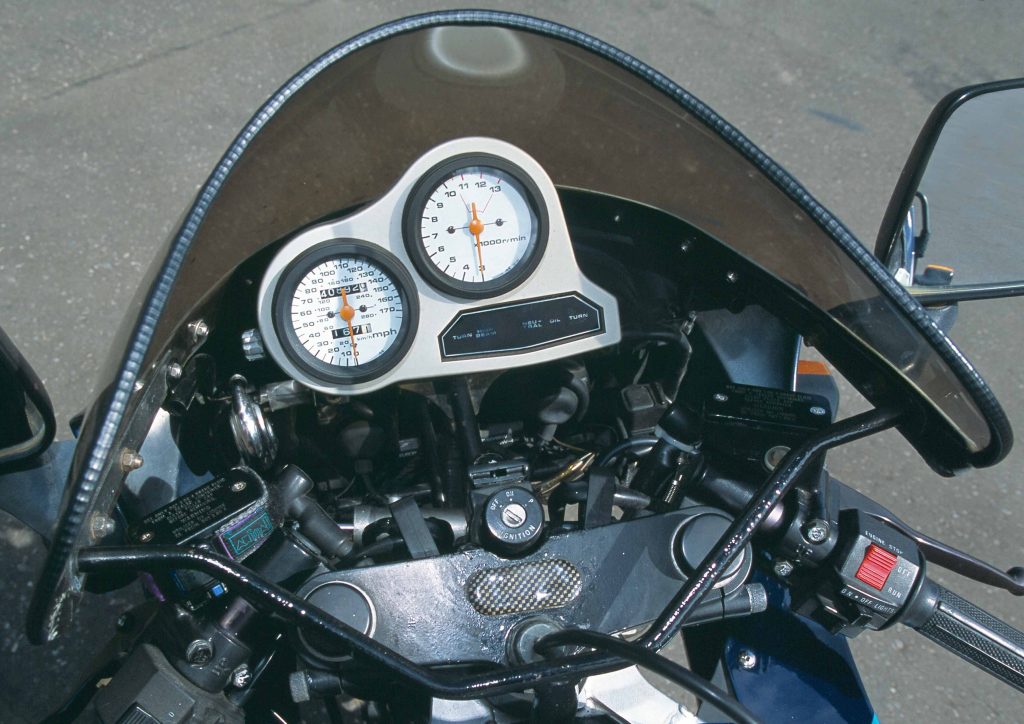
The view from the rider’s seat was instantly familiar: usefully protective screen, foam-mounted instruments, low clip-on handlebars. And the GSX-R still ripped forward like crazy when I tweaked its throttle, even when the tacho needle was barely off its 3000rpm stop.
By the time I was into top gear on this well-preserved GSX-R, it was clear that the old warrior still had the performance to feel seriously quick on the road. By 5000rpm it was ripping forward violently enough to lift its front wheel in first gear; or, more usefully, to surge past a line of traffic in top.
At 7000rpm, where the smaller GSX-R engine came alive, the 1100 was breathing even deeper as it headed for the 10,500rpm redline and ever-greater speeds. In typical GSX-R fashion there was a slight buzziness to the engine. But vibration never really became annoying, unlike the footrests, which I hadn’t recalled being quite so knee-crampingly high.
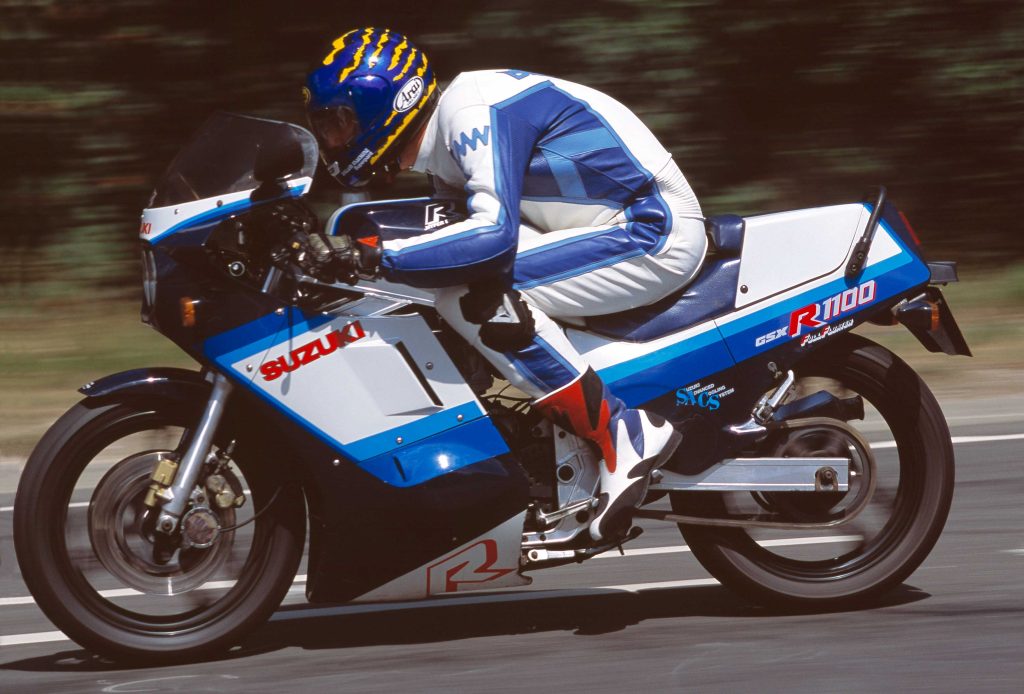
Acceleration was also aided by the GSX-R1100’s weight, or rather lack of it. At 197kg dry it was 20kg heavier than the 750, due to many of its apparently identical parts being slightly larger and stronger. But that figure still made the Suzuki by far the lightest open-class machine in its day, when its standing quarter-mile time of less than 11 seconds made rivals including Honda’s VF1000R and Kawasaki’s GPZ900R seem sluggish.
Equally importantly, it was just as impressive in the bends. That beefed-up frame held front forks developed from the 750’s, and a new rear shock. It had wider 18-inch wheels and tyres, and larger 310mm front brake discs gripped by identical four-piston calipers. Stability was aided by a steering damper tucked inside the fairing nose.
On that first ride, my main impression had been of how light, taut and racer-like the Suzuki had felt in comparison with existing superbikes. Inevitably my thoughts were very different years later, when its 18-inch wheels and old-fashioned geometry made it feel more broadsword than rapier.
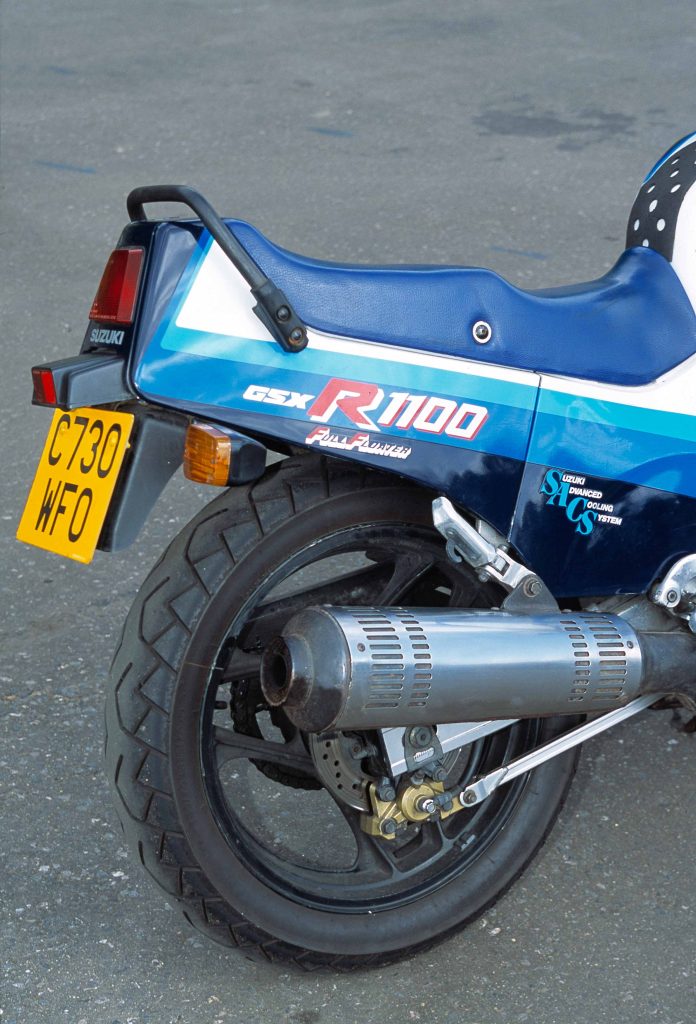
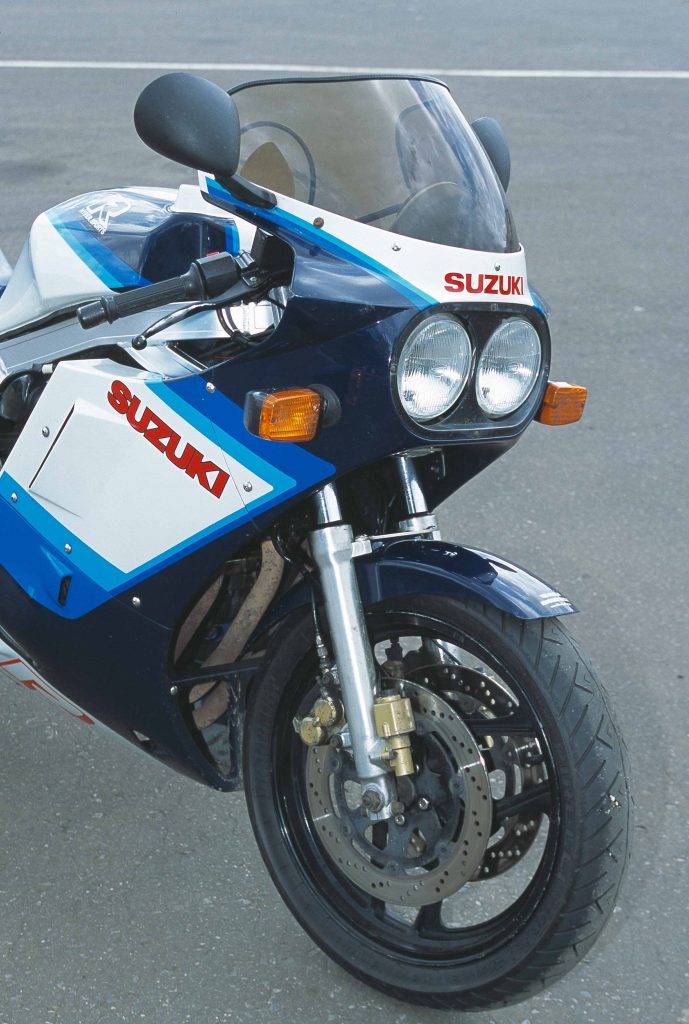
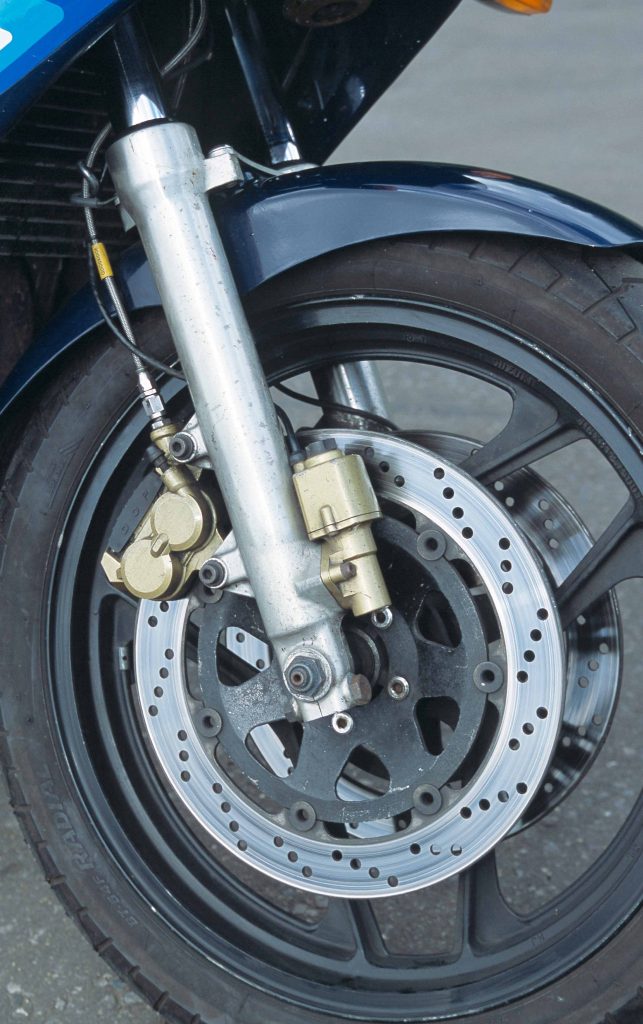
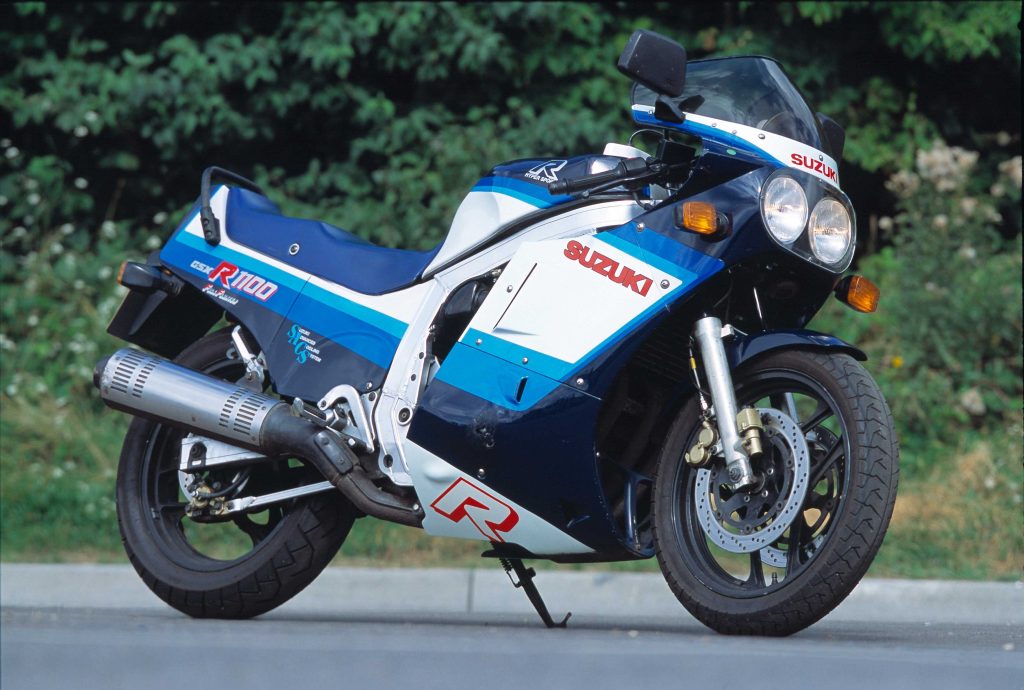
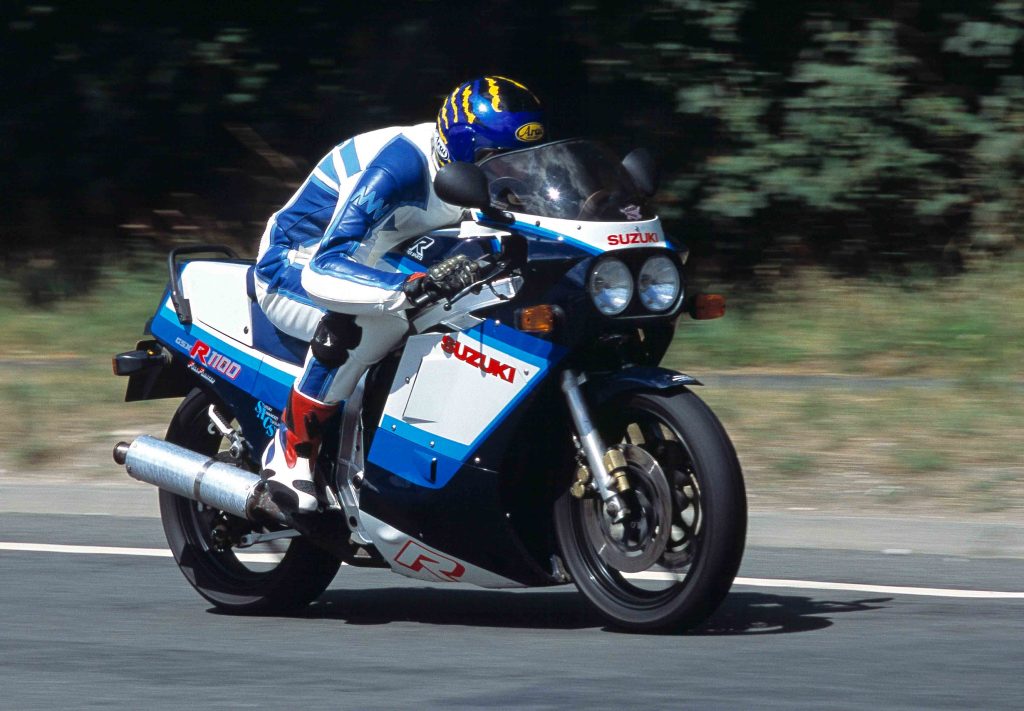
It still responded well to spirited riding, feeling sufficiently light and flickable to encourage some aggression in the bends. Its Bridgestone tyres were narrow by modern standards but not short of grip. The front brake was reasonably powerful, too, though of course lacking in ABS.
Unlike many of its contemporaries, the GSX-R also had enough ground-clearance even for the racetrack. As it had proved in 1986 by requiring little more than its annoying, spring-loaded sidestand lock-wiring up to utterly dominate production racing. It took the top eight places both in the national championship and at the Isle of Man TT, where winner Trevor Nation lapped at over 113mph.
My first impression on that sunny spring morning had not been misleading. All these years later, it’s debatable whether any new superbike since has been so far ahead of all opposition as that first GSX-R1100. Its family line might have ended but Suzuki’s slab-sided star won’t be forgotten.
1986 Suzuki GSX-R1100
You’ll love: Riding it hard on a twisty road
You’ll curse: The low bars and high footrests in town
Buy it because: It still feels improbably fast and light
Condition and price range: Project: £4000 Nice ride: £7000 Showing off: £10,000
Engine: Oil-cooled DOHC four
Capacity: 1052cc
Maximum power: 125bhp @ 8500rpm
Weight: 197kg without fluids
Top speed: 150mph
Read more
9 Cinderella classic bikes hidden in the shadows
The Honda Gold Wing was flawed, but also distinctly special
Unexceptional Classifieds: 1984 Suzuki Alto

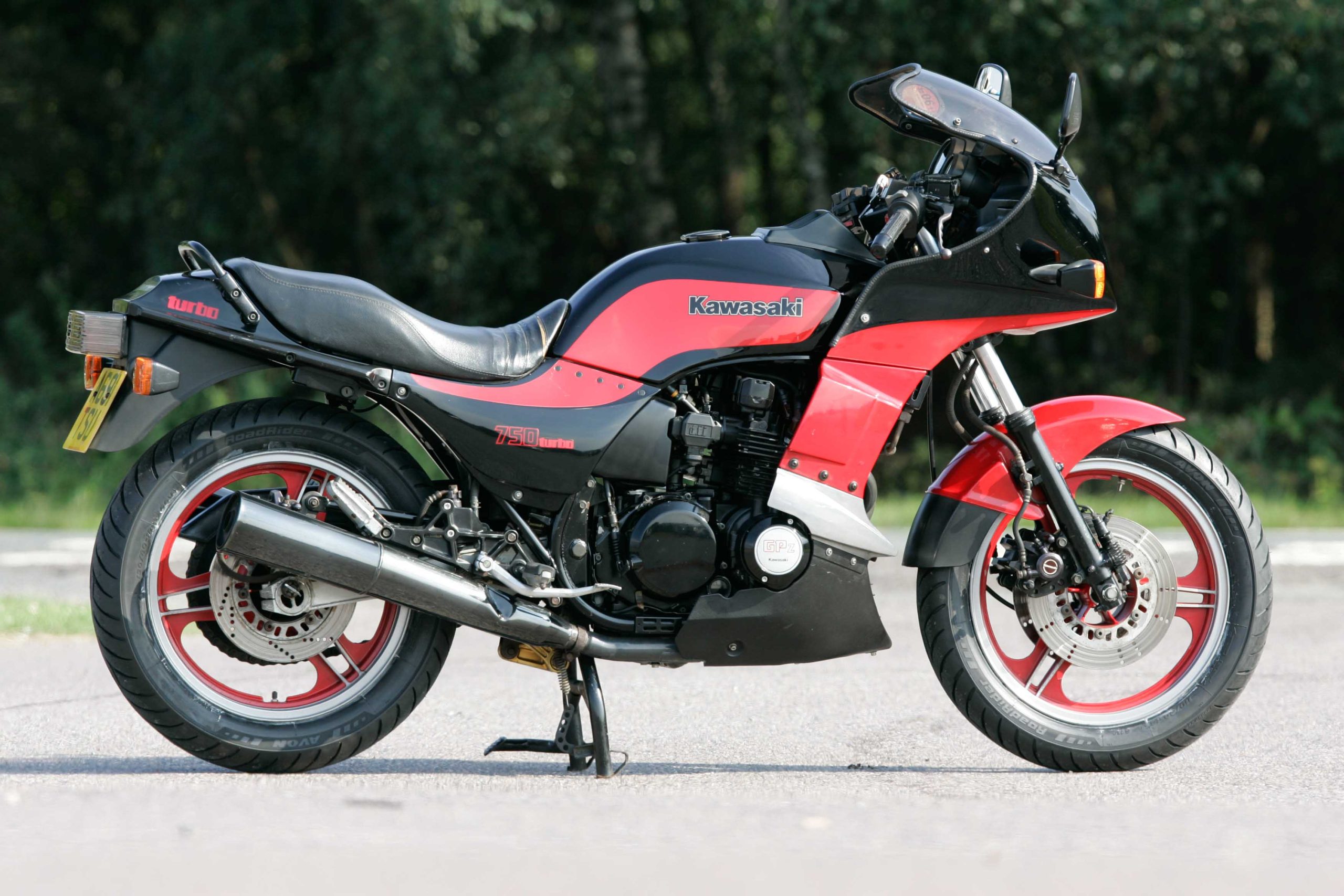
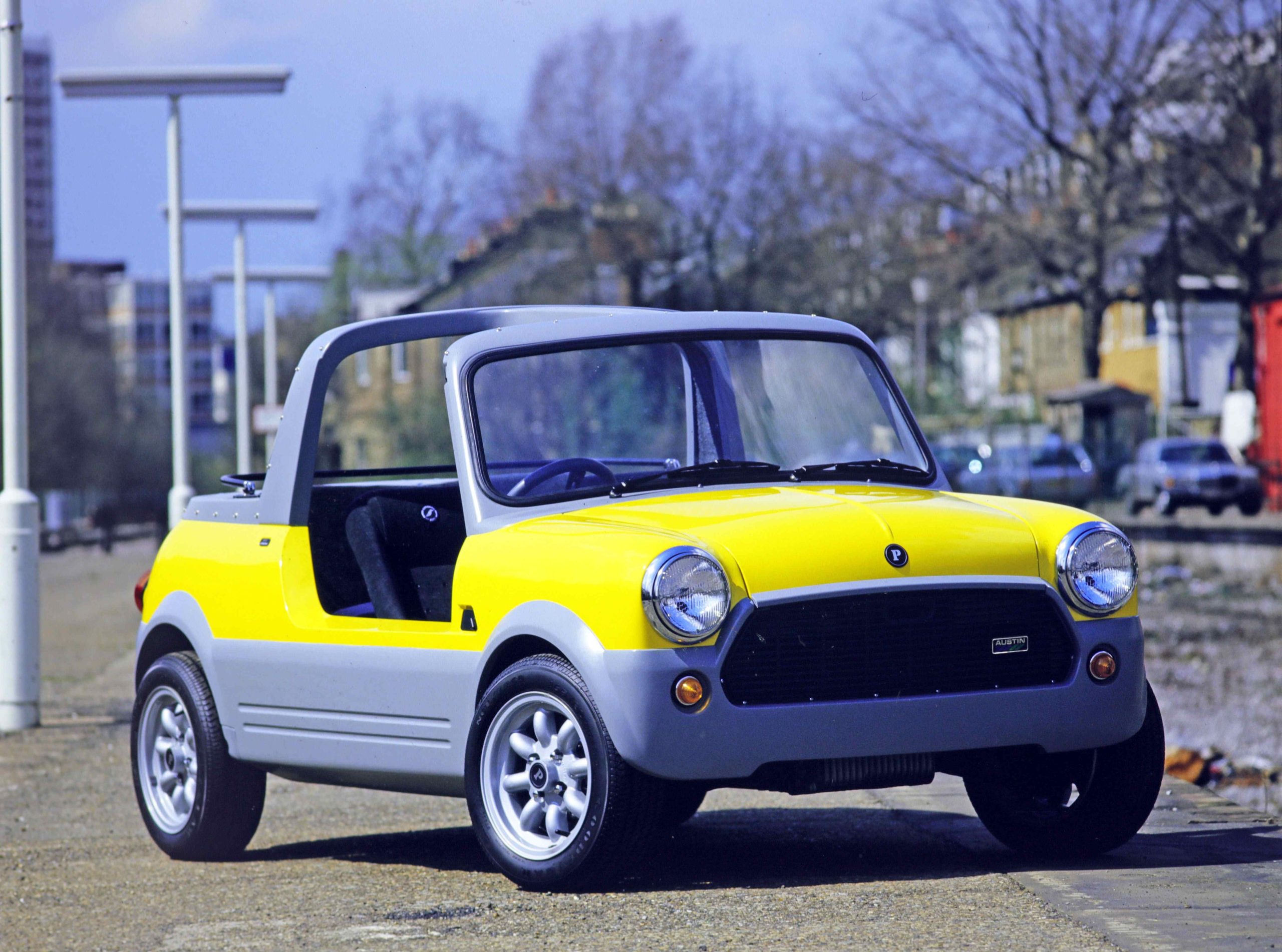







My GSX-R 1100K blew that model into the weeds.
It became almost invisible in my rear view camera I retrofitted because the mirrors are only good at elbow-watching.
Adjust your title header please and insert the ‘R’ because it’s misleading otherwise.
The amount of items erroneously sold on eBay due to incorrect journalistic descriptions is beyond belief.
So-and-so said this!
My first ever bike ( other then messing around on fields as a kid) was a K3 gsxr1000. I still have it. I never ran a 125, did my cbt then direct access 2 weeks later and got the K3. Needless to say the first 500 or so miles were hairy as hell. Its still my favourite bike and I wouldn’t swap it for the world.
I own one 1988 j model
Super article – really nice. I recall that front cover of Bike magazine when it came out, with Roland pictured on it, white lid, knee down. Used to have one myself; 1986 GSX-R1100G I bought 2nd hand in Derby in 1988. Had for 5 years, and think I did about 50k miles on it, until it was nicked. A bit like one of the posters above, I still have a K3 1000 that I bought at 20k miles and have now got that up to about 60k. They’re all brilliant – the old ones, the new ones, all of them. Well done!